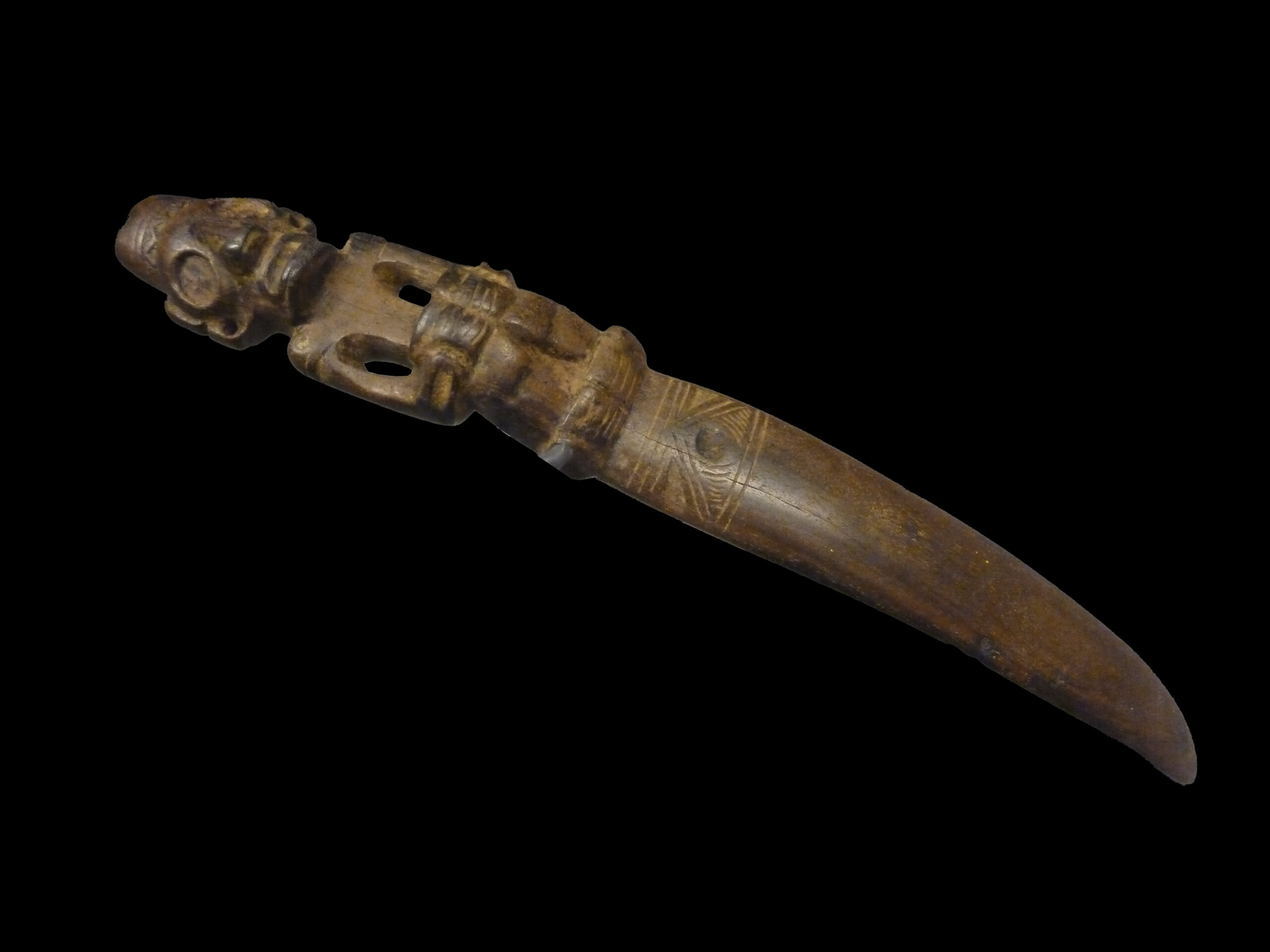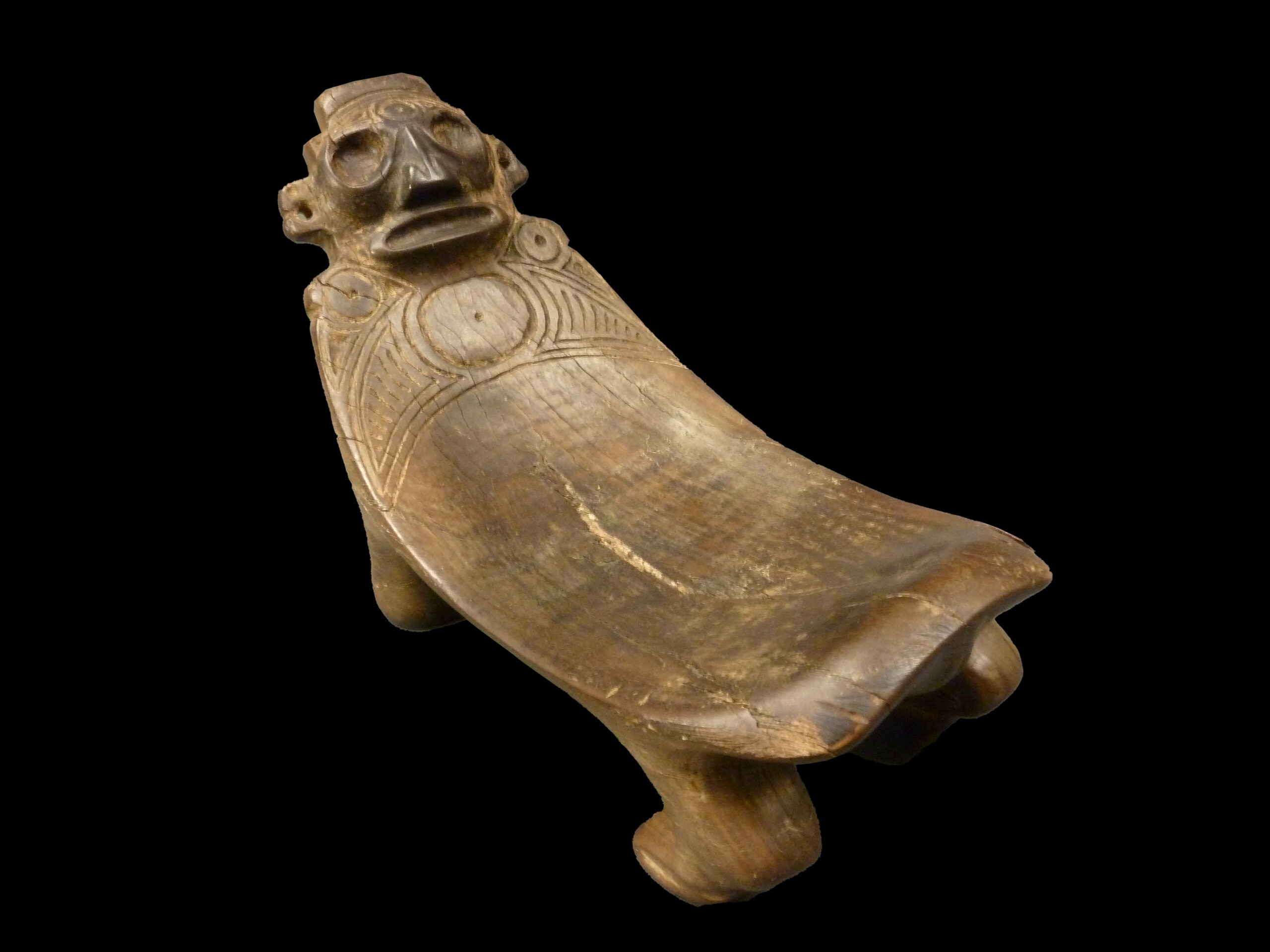Shamans of the Caribbean. The Taíno
Taíno is the name given to the Arawak-speaking people who inhabited the Greater Antilles at the time of first contact with Europeans, in 1492. The Taíno religion focused on a category of supernatural beings known as zemís. The term referred to formal deities, but could also be applied to landscape features. The zemís served as intermediaries between the worlds. Some zemís were related to the ancestors, others to agriculture or healing practices. To communicate with the zemís, the Taínos inhaled a psychoactive powder they called cohoba (Anadenanthera peregrina), in ceremonies led by the shaman or behique.




